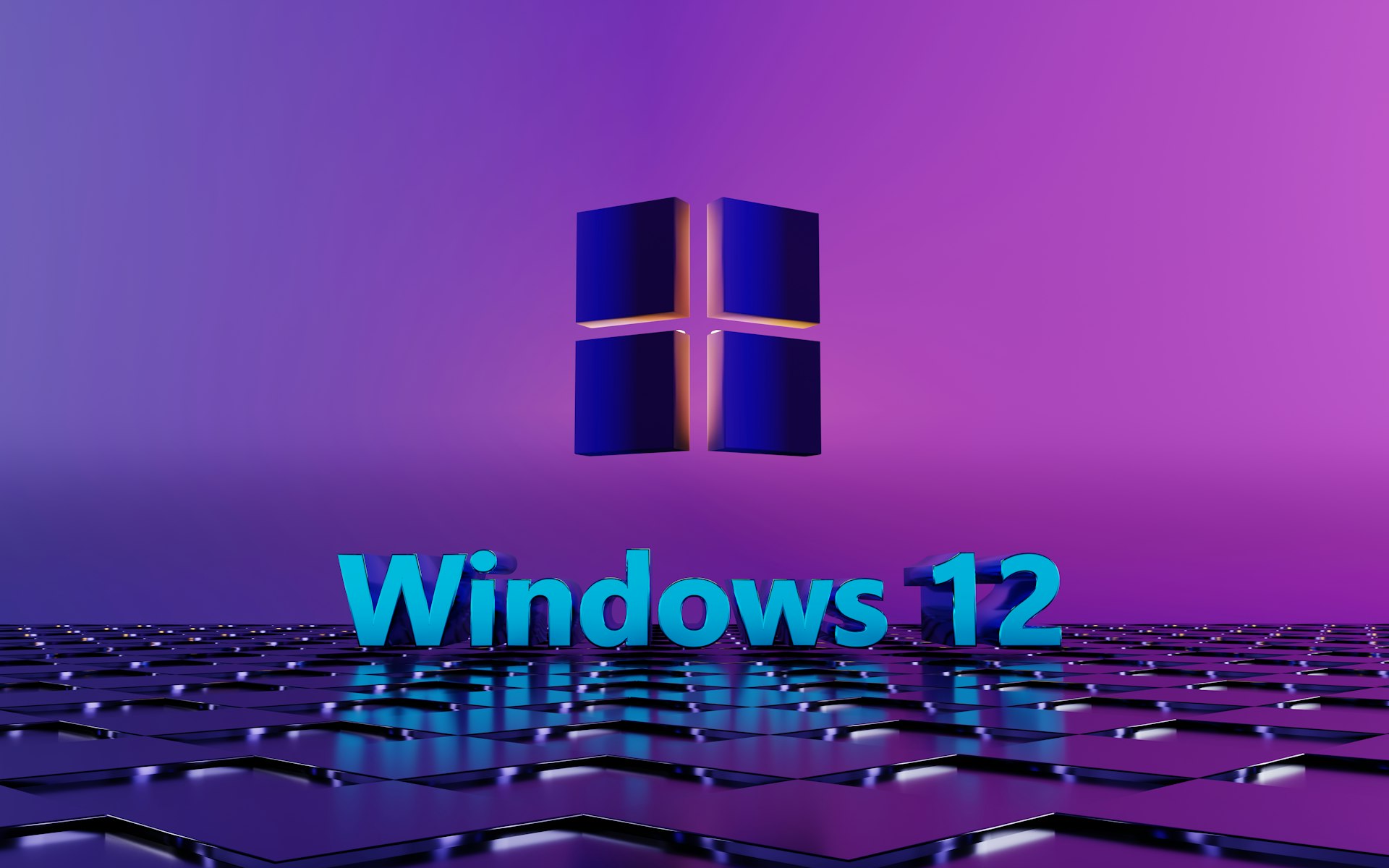Transforming Collaboration with Immersive 360-Degree Virtual Conferencing Solutions

Photo by Yazid N on Unsplash
Introduction: The Evolution of Virtual Conferencing
As the digital workspace continues to expand, organizations are seeking innovative ways to replicate the energy and engagement of in-person meetings. Immersive 360-degree virtual conferencing solutions are redefining remote collaboration by delivering a sense of presence, spatial awareness, and interactivity far beyond conventional video calls. This article explores the technology, real-world applications, and implementation strategies for organizations looking to adopt these next-generation tools.
What Are Immersive 360-Degree Virtual Conferencing Solutions?
Immersive 360-degree conferencing solutions utilize advanced hardware and software to capture and stream a complete panoramic view of a meeting room or environment. Unlike traditional video conferencing, which restricts participants to a single camera angle or a grid of faces, these systems provide a dynamic, interactive experience. Remote attendees can freely explore the environment, follow speakers, and engage as if physically present. This immersive approach enhances understanding, engagement, and collaboration across distributed teams [2] .
Key Features and Technologies
Modern immersive conferencing platforms offer several core features:
- 360° Video Capture: Specialized cameras, such as the Meeting Owl 3, utilize multiple lenses to capture a full panoramic or spherical video, delivering a comprehensive view of the meeting space [1] .
- Interactive Viewing: Platforms like Avatour empower remote participants to control their perspective, allowing them to look around the virtual space in real time for deeper situational awareness [2] .
- AI-Driven Camera Intelligence: Solutions from Cisco Webex use artificial intelligence to automatically track speakers, optimize framing, and ensure all participants remain visible and engaged [4] .
- 3D Virtual Environments: Platforms such as MootUp create avatar-driven 3D spaces that go beyond video, offering interactive stages, networking lounges, and branded virtual venues for large-scale events [3] .
- Shared Immersive Spaces: Igloo Vision provides physical and digital environments where teams can collaborate around 3D, 360, and XR content in a true-to-life, spatially aware setting [5] .
Benefits of Immersive Virtual Conferencing
Organizations are turning to these solutions for several strategic advantages:
- Enhanced Engagement: By offering a sense of presence and interactivity, immersive systems make remote meetings more engaging and productive [1] .
- Improved Collaboration: Dynamic camera views and interactive environments foster greater collaboration, particularly during brainstorming sessions or team workshops [2] .
- Cost and Time Savings: 360-degree conferencing can eliminate the need for travel, enabling virtual site inspections, tours, and training sessions that reduce logistical overhead [2] .
- Accessibility and Flexibility: Many platforms are device-agnostic and require no VR headset, making them accessible from laptops, tablets, and smartphones [3] .
- Customization and Branding: Platforms like MootUp allow for extensive customization to match organizational branding or event themes, suitable for both internal and public-facing events [3] .
Real-World Applications and Case Studies
These solutions are already driving value across sectors:
- Hybrid Meetings: The Meeting Owl 3 is widely adopted in conference rooms to provide equitable participation for remote and in-room attendees, integrating with popular platforms like Zoom, Microsoft Teams, and Google Meet [1] .
- Remote Inspections and Site Tours: Avatour enables live 360-degree site visits for construction, manufacturing, and compliance teams, allowing clients and stakeholders to assess locations without travel [2] .
- Virtual Events and Expos: MootUp powered TEDxLeuven’s first 3D immersive event, providing interactive presentations, networking, and engagement for a global audience [3] .
- Shared Immersive Spaces for Collaboration: Igloo Vision delivers custom immersive environments for corporate training, data visualization, and executive briefings, supporting integration with existing enterprise tools [5] .
Organizations interested in learning more about these use cases can review platform-specific case studies, available directly on the providers’ official websites.
How to Access and Implement 360-Degree Conferencing Solutions
To successfully deploy immersive conferencing technology, consider the following steps:
- Identify Your Organization’s Needs: Define the primary use cases-whether for hybrid meetings, virtual training, site inspections, or large-scale events. Consult with IT and end-users to clarify functional requirements.
- Evaluate Platform Options: Research available solutions such as Meeting Owl 3, Avatour, MootUp, Cisco Webex, and Igloo Vision. Review official product pages for detailed specifications, compatibility, and support options. For example, you can visit the official Owl Labs, Avatour, or MootUp websites for product demonstrations and technical documentation.
- Assess Technical Requirements: Ensure your network infrastructure can support high-definition video streaming. Consider camera placement, audio quality, and integration with existing conferencing platforms.
- Request Demos and Trials: Most providers offer product demos or trial periods. Reach out directly to sales teams via contact forms or listed phone numbers for personalized consultations. For instance, MootUp provides consultation services by phone or email, and Igloo Vision takes a consultative approach to understand your specific needs before deployment [3] [5] .
- Train Your Team: Schedule training sessions for end-users to familiarize them with interactive features, camera controls, and platform navigation. Providers often supply user guides and online support resources.
- Monitor and Optimize: After implementation, gather feedback and monitor meeting quality. Use analytics and reporting features provided by the platform to identify areas for improvement.
If you are unsure which platform best fits your needs, consider contacting technology consultants or searching for “immersive virtual conferencing solutions” on reputable technology review websites for up-to-date comparisons and customer feedback.
Common Challenges and Solutions
While immersive 360-degree conferencing offers significant benefits, organizations may encounter certain challenges:
- Technical Complexity: Integrating new hardware and software can be complex. Solution: Engage with vendor support teams during setup and leverage online tutorials provided by platform vendors.
- Bandwidth Requirements: High-definition 360° video demands robust internet connections. Solution: Conduct network assessments and consider upgrading bandwidth where necessary.
- User Adoption: Some team members may be hesitant to adopt new tools. Solution: Provide hands-on training, highlight real-world benefits, and designate “champions” to assist peers.
- Security and Privacy: Use platforms with enterprise-grade security features and ensure compliance with organizational policies regarding remote access and data privacy [3] .
For ongoing support, consult the official help centers of each solution or reach out to IT service providers specializing in virtual collaboration technology.
Alternative Approaches and Future Trends
Organizations with unique needs or limited budgets may explore alternative approaches:

Photo by Hammer & Tusk on Unsplash
- Hybrid Setups: Combine traditional video conferencing with a single 360° camera to enhance room coverage without full platform migration.
- Phased Adoption: Start with pilot deployments in select departments before scaling across the organization.
- Emerging Technologies: Watch for advances in spatial computing, VR, and AI-driven meeting analytics, which are rapidly expanding the capabilities of immersive conferencing solutions [4] .
Next Steps: How to Get Started
If you are ready to explore immersive 360-degree virtual conferencing:
- Visit the official websites of leading providers (such as Owl Labs, Avatour, MootUp, Cisco, or Igloo Vision) to schedule a product demo, download technical datasheets, or contact sales representatives for personalized guidance.
- Search for “360-degree conferencing solutions” and “immersive virtual meeting platforms” on trusted review portals for user feedback and independent product comparisons.
- Engage with technology consultants or your internal IT department to assess readiness and develop an implementation roadmap tailored to your organization’s needs.
By following these steps, organizations can unlock new levels of engagement, efficiency, and innovation in virtual collaboration.
References
- [1] Owl Labs (2022). Meeting Owl 3: 360 Degree, 1080p HD Video Conference Camera.
- [2] Avatour (2024). 360° Video Collaboration Platform.
- [3] MootUp (2025). 3D Virtual Events Platform.
- [4] Cisco Webex (2025). Camera Intelligence for Video Conferencing.
- [5] Igloo Vision (2025). The Shared Immersive Space Company.
MORE FROM findsun.net













